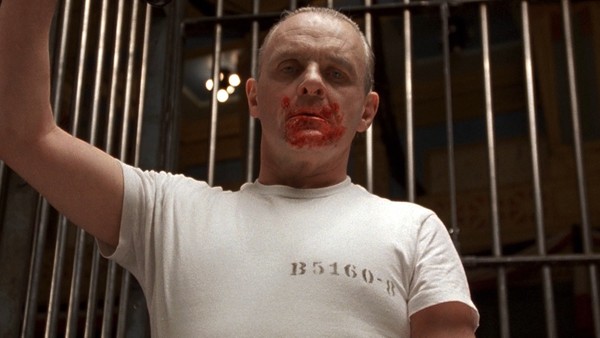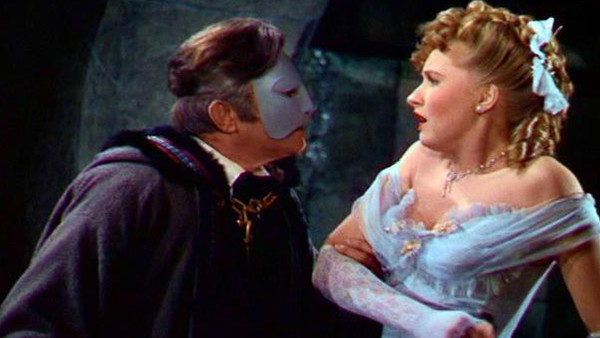10 Horror Films That Beat Genre Prejudice To Win Oscars
Chillers that managed to defy prejudices and nab Oscars.

While they may claim to honour the very best of the year in film, the Oscars definitely have a type of picture that they like and it's a type they tend to stick to. Serious, issues-based dramas are in and genre films are very much out. It should come as no surprise, then, that there has been little love from the Academy for the horror genre over the years.
Every so often, though, a horror picture does manage to defy this preconceived genre prejudice to win one of the big prizes.
Whether it's by dressing themselves as one of horror's more credible sub-genres - a "psychological thriller" or a "dark fantasy, perhaps - or by adapting a prestigious Victorian literary horror or by just being too good to ignore, these 10 films managed what few horror movies ever could and successfully won themselves an Oscar or two comes award time...
10. The Phantom Of The Opera (1943) - Best Cinematography (Colour), Best Art Direction (Colour)

You would think that, like the makeup award, these prizes for visuals and design would be the sort of thing the more imaginative, fantastical horrors might stand a chance of winning. However, such successes are actually few and far between.
This take on Gaston Leroux's much adapted novel was a rare colour entry into the Universal monster cycle, coming a few years after the studio's best horror classics, and it was this that helped it to the awards at a time when there were still separate visual prizes for colour and black and white films.
Did It Deserve To Win?
Debatably. The film was a, very loose, remake of the great 1925 film that provided Lon Chaney with his signature role. As such it reused the earlier film's opera house sets, albeit filmed in colour, so a large part of the art direction accolades belong to the 1925 production. Not as good as the Chaney version, but undoubtedly better than Lloyd Webber, it's still a little odd that this was the one Universal monster picture to receive Academy attention rather than, say, James Whale's Frankensteins.
Having said that, the lush colour cinematography of Hal Mohr and W.Howard Greene is a fine example of its age. With wartime austerity there were even fewer colour pictures than usual and - although fellow nominees For Whom the Bell Tolls and Heaven Can Wait were also up for Best Picture (deservedly losing to Casablanca) - they are not so stylishly shot as Phantom.